A midi keyboard has become a must-have device for musicians, producers, and hobbyists alike. This compact instrument connects to computers, tablets, or standalone music systems to control virtual instruments and digital audio workstations (DAWs). Unlike traditional pianos, a midi keyboard does not produce sound on its own. Instead, it sends performance data—like note pitch, velocity, and duration—to software that generates the actual audio. As a result, it offers unmatched flexibility for composing, recording, and performing music in any genre.
Moreover, the midi keyboard fits seamlessly into home studios and mobile setups. Its lightweight design makes it easy to transport. Most models connect via USB, requiring no external power source. Setup is quick and intuitive. Plug it in, install the driver if needed, and start playing within minutes. Many keyboards also include built-in controls like knobs, sliders, and pads, allowing users to tweak sounds and trigger samples without touching the mouse.
Another major advantage is affordability. Compared to full-sized digital pianos or synthesizers, midi keyboards offer professional-grade functionality at a fraction of the cost. Beginners can explore music production without a large upfront investment. At the same time, advanced users appreciate the integration with high-end plugins and effects. Therefore, whether you’re crafting beats, scoring films, or learning piano basics, the midi keyboard serves as a powerful gateway to creativity.
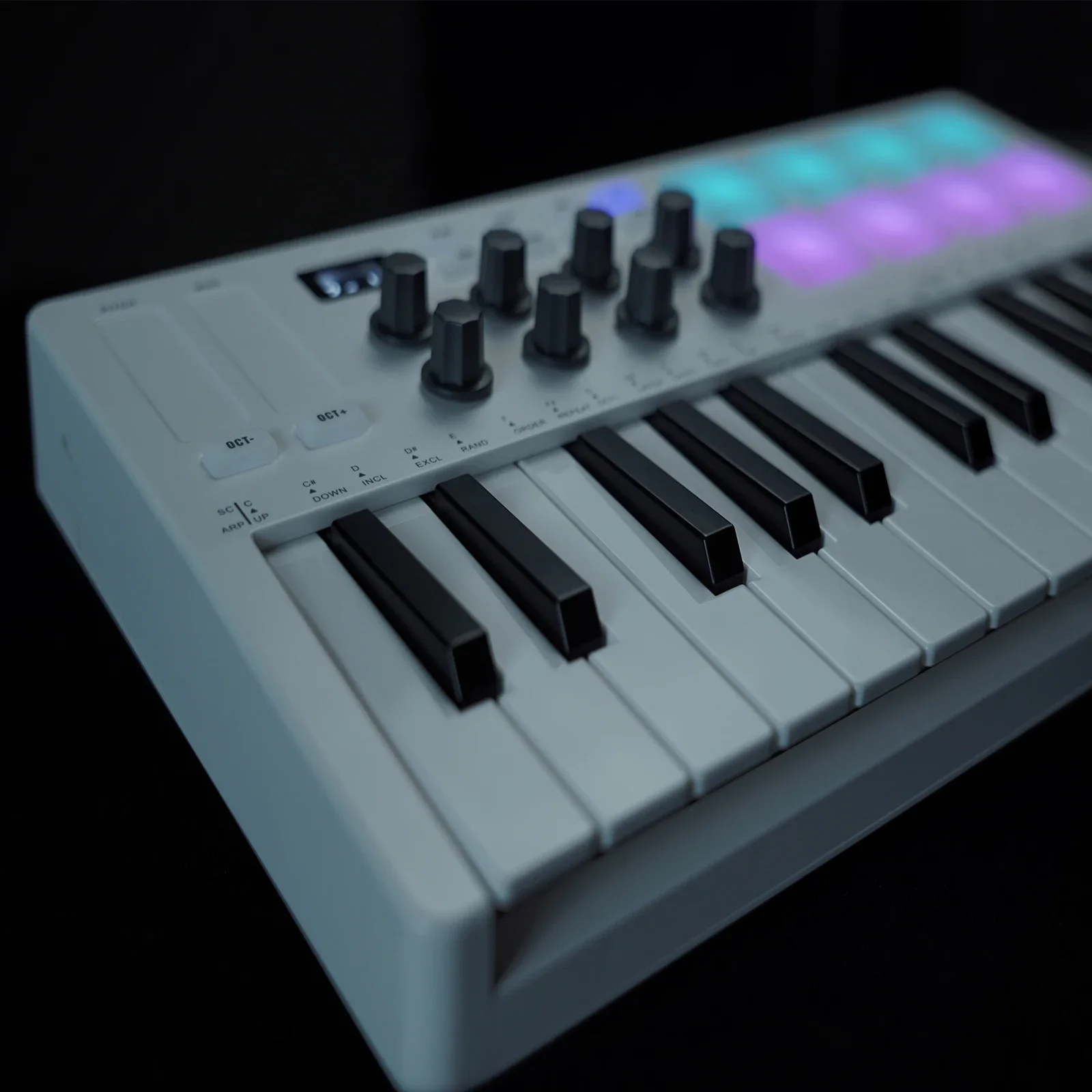 Why Every Music Creator Needs a Midi Keyboard
Why Every Music Creator Needs a Midi Keyboard
Owning a midi keyboard opens up endless creative possibilities. First, it acts as a bridge between physical performance and digital sound. You can play realistic strings, punchy drums, or futuristic synths—all from one interface. This versatility makes it ideal for composers who work across styles. Second, it enhances workflow. Typing notes with a mouse is slow and unnatural. A midi keyboard lets you play melodies, chords, and rhythms in real time. This speeds up composition and improves musical expression.
Third, it supports learning. Many beginners use midi keyboards to study piano fundamentals. Since they work with educational apps and notation software, users receive instant feedback. Some models even light up keys to guide practice sessions. This interactive approach keeps learners engaged and motivated.
Fourth, it enables live performance. Artists use midi keyboards on stage to trigger loops, switch presets, or control backing tracks. With assignable controls, they manage their entire set from a single unit. This reduces clutter and increases reliability.
Fifth, it integrates easily with popular DAWs. Programs like Ableton Live, FL Studio, Logic Pro, and Cubase recognize most midi keyboards automatically. Templates map controls to common functions like volume, pan, and effects. This means less setup and more time creating.
Sixth, it scales with your needs. Start with a basic 25-key model for portability. Upgrade later to 49, 61, or 88 keys for greater range. Some keyboards mimic weighted piano action for a more authentic feel. Others focus on beat-making with drum pads and transport controls.
Finally, it encourages experimentation. Users can layer sounds, adjust tuning, and apply modulation in real time. This hands-on interaction sparks new ideas. Hence, the midi keyboard is not just a tool—it’s a partner in the creative process.
Key Features to Look for
When choosing a midi keyboard, several features determine its usefulness. Number of keys is the first consideration. 25-key models are ultra-portable and perfect for laptop producers. 49 keys offer two octaves, suitable for chords and basslines. 61 keys provide three octaves, ideal for melody and harmony. 88 keys replicate a full piano, best for classical or jazz players.
Key action matters too. Synth-action keys are light and springy, good for fast playing. Semi-weighted keys add resistance for a more expressive feel. Fully weighted hammer-action keys simulate acoustic pianos. They require more finger strength but deliver superior dynamics.
Aftertouch is another valuable feature. It detects pressure applied after the initial key press. This allows vibrato, volume swells, or filter changes based on touch. Not all keyboards have it, but it adds depth to performances.
Knobs, faders, and buttons enhance control. Assign them to parameters like reverb, delay, or filter cutoff. Real-time adjustments make sound design more intuitive. More controls mean fewer mouse movements during production.
Drum pads are essential for beatmakers. Velocity-sensitive pads respond to how hard you hit them. This mimics real drumming and adds human feel to electronic rhythms. Backlit pads help visibility in dark studios or on stage.
Transport controls let you play, stop, record, and navigate your DAW without using the computer. Dedicated buttons save time and streamline workflow. Some keyboards even support Mackie Control emulation for broader compatibility.
USB connectivity is standard. It powers the device and transfers midi data. MIDI ports (5-pin DIN) are still found on some models for connecting older gear. Sustain pedal inputs allow long notes and smoother phrasing.
Lastly, build quality affects longevity. Sturdy plastic or metal chassis withstand travel and daily use. Compact size helps fit into tight spaces. Always check reviews for durability and reliability.
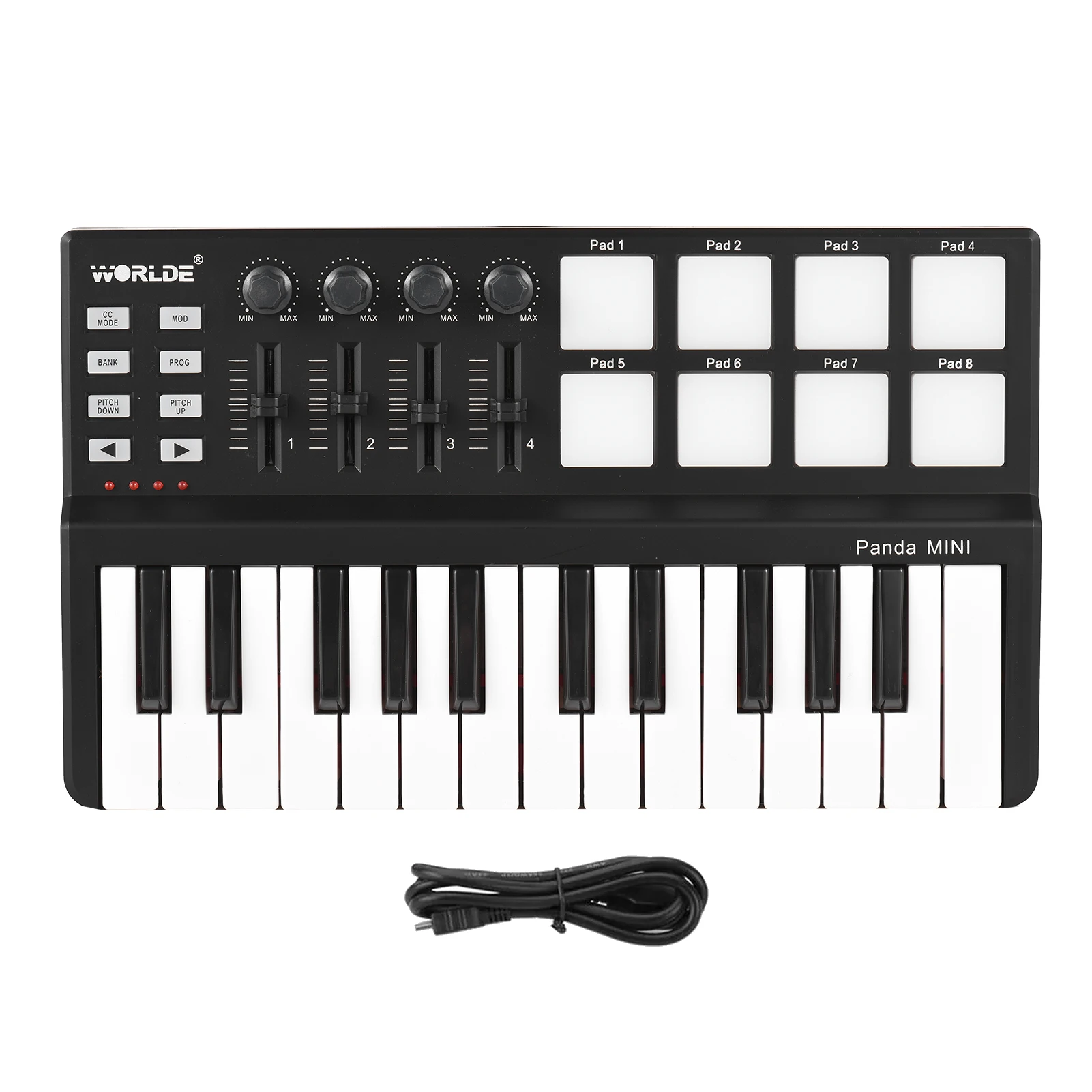 Best Uses in Music Production
Best Uses in Music Production
A midi keyboard serves many roles in modern music creation. One primary use is melody writing. Instead of drawing notes in a piano roll, you play ideas naturally. This captures timing nuances and emotional expression. Ideas flow faster when you hear them instantly.
Chord progressions come alive with a midi keyboard. Try different inversions and voicings in real time. Hear how they interact with basslines or vocals. Experimentation becomes effortless.
Basslines benefit too. Use a low octave setting to craft deep synth or electric bass parts. Play with groove and swing to create movement. Syncopated lines add energy to electronic or hip-hop tracks.
Sound design improves with hands-on control. Turn knobs to shape filters, envelopes, and LFOs. Watch parameters change as you tweak them. This tactile feedback deepens understanding of synthesis.
Vocal doubling and harmonies are easier. Record a lead vocal line, then use the keyboard to input harmony parts. Match pitches precisely and adjust timing for tight blends.
Film scoring relies heavily on midi keyboards. Composers layer orchestral samples, cinematic textures, and ambient pads. The keyboard allows expressive playing across multiple instrument groups.
Live looping setups use midi keyboards to trigger scenes and clips. In Ableton Live, each pad can launch a loop or effect. Performers build songs dynamically in front of an audience.
Educational uses are growing. Teachers use midi keyboards in classrooms to demonstrate theory concepts. Students compose assignments using digital instruments. Accessibility increases for those without access to acoustic pianos.
Even DJs incorporate them into sets. They play live keys over tracks, adding original elements. This sets them apart from pre-recorded mixes.
With so many applications, the midi keyboard proves indispensable across genres and skill levels.
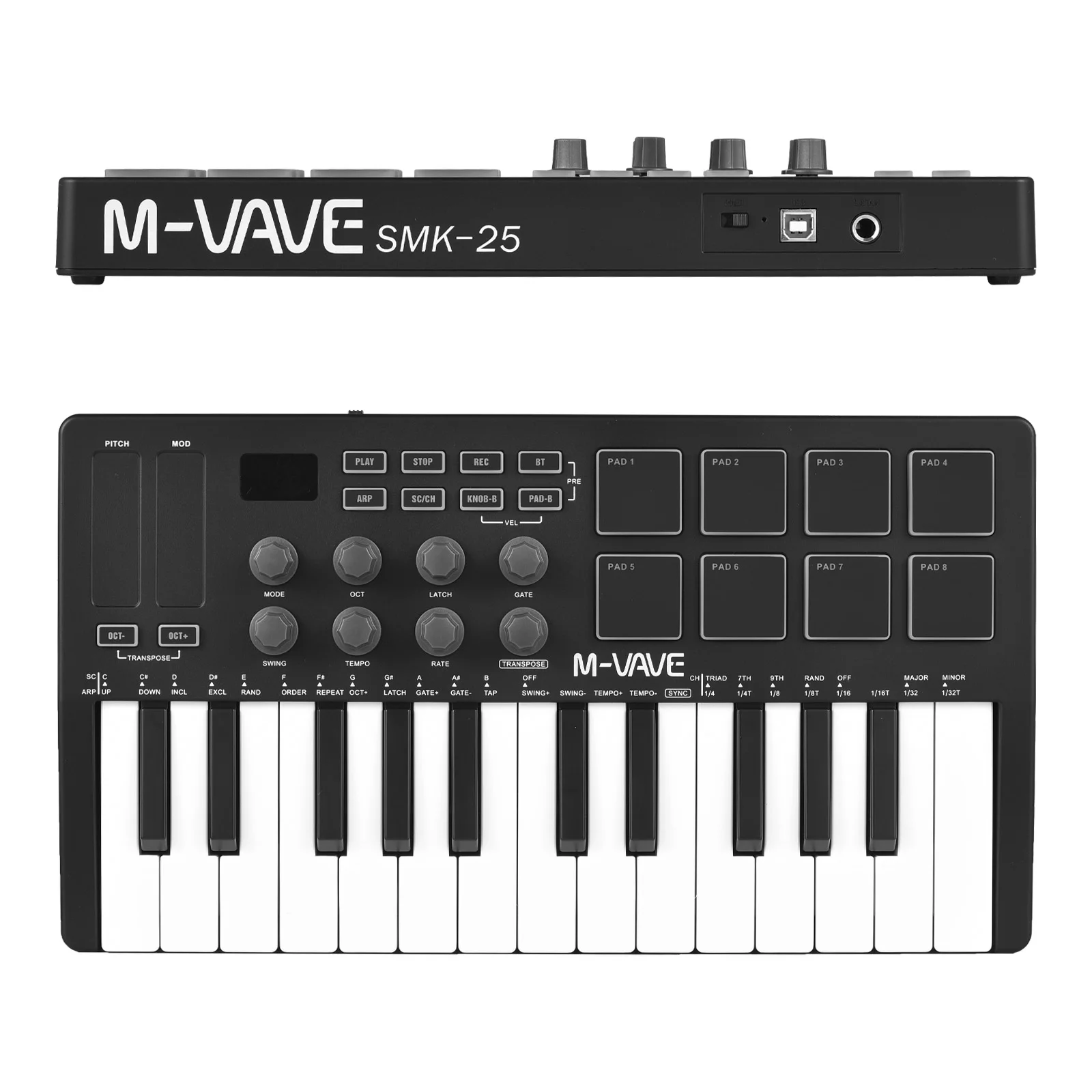 Connecting to Software and Devices
Connecting to Software and Devices
Setting up your midi keyboard with other gear is usually simple. Most connect via USB to a computer or tablet. The system recognizes it as a midi controller. Install any included driver if prompted. Then, open your DAW and enable the input in the preferences menu.
In the DAW, create a new midi track. Select the virtual instrument you want to play. Arm the track for recording. Press a key on the keyboard—you should hear sound. If not, check midi input settings and audio output.
For iPad or iPhone users, use a camera connection kit or USB-C adapter. Load apps like GarageBand, Korg Gadget, or Mo-FX. These respond to midi input and offer powerful tools on a portable device.
Some keyboards support Bluetooth midi. This allows wireless connection to phones or tablets. Pair through settings and select the device in your app. No cables mean more freedom on stage or in small spaces.
External synths and drum machines can also receive midi. Use 5-pin DIN cables to send note data from the keyboard. This turns your midi controller into a master keyboard for analog gear.
MIDI thru boxes let you daisy-chain multiple devices. Send signals to several units at once. Useful for complex live rigs.
DAW integration varies. Many keyboards come with templates for popular software. These map knobs and faders to mixer functions. Save custom mappings for future projects.
Always update firmware when available. Manufacturers release improvements for stability and compatibility. Check the brand’s website regularly.
With proper setup, your midi keyboard becomes the central hub of your music system.
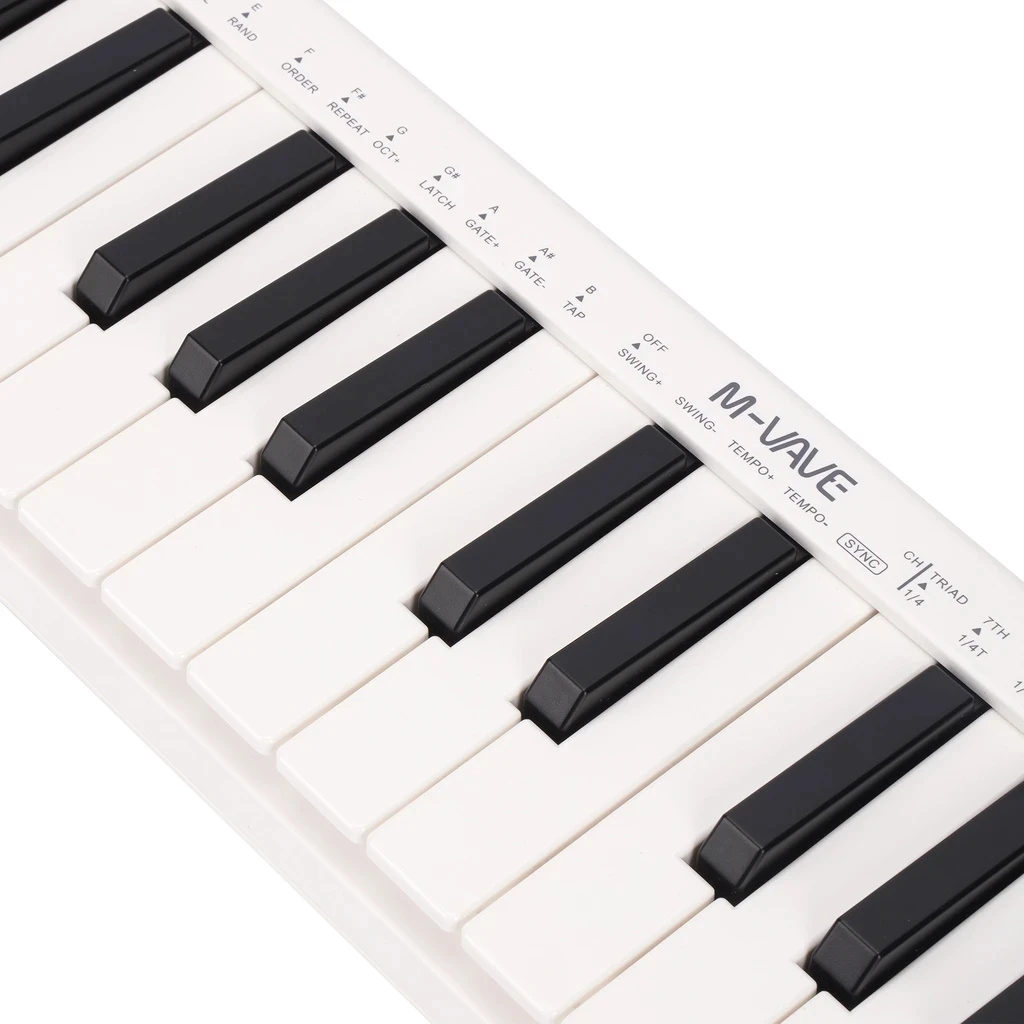 Choosing the Right Size and Portability
Choosing the Right Size and Portability
Portability plays a big role in selecting a midi keyboard. Small 25-key models fit in backpacks. They’re perfect for producers who work on the go. Travelers, students, and buskers prefer these for convenience. However, limited range means frequent octave shifting.
49-key versions strike a balance. They cover four octaves and stay compact. Great for home studios with space limits. Easy to set up on a desk or couch.
61-key keyboards offer more room for two-handed playing. Ideal for songwriters and performers. Still manageable for transport. Often include more controls like faders and pads.
88-key models suit pianists and composers needing full range. Weighted keys provide an authentic feel. But they are larger and heavier. Best for fixed setups unless you have a dedicated case.
Consider your primary use. Mobile creators benefit from smaller sizes. Studio-based users may prefer larger keybeds. Think about where and how you’ll play most often.
Case quality matters. Soft bags protect against scratches. Hard cases guard against drops and weather. Some include space for cables and pedals.
Weight distribution affects comfort. Lightweight units reduce strain during long sessions. Ergonomic design prevents wrist fatigue.
Foldable or detachable options exist. Rare, but useful for extreme portability. Most maintain a rigid frame for stability.
Ultimately, match the size to your lifestyle and musical goals.
Frequently Asked Questions (FAQ)
Q: Do I need speakers with a midi keyboard?
No, the keyboard sends data. You need headphones, monitors, or powered speakers connected to your computer or interface.
Q: Can I use a midi keyboard without a computer?
Only if it has internal sounds. Most do not. Check product specs before buying.
Q: Are midi keyboards good for beginners?
Yes, they are affordable and easy to learn with software tutorials.
Q: How do I clean my midi keyboard?
Use a soft, dry cloth. Avoid liquids. Compressed air removes dust from between keys.
Q: Can I plug a sustain pedal into a midi keyboard?
Yes, most have a 1/4” jack for standard pedals.
Q: Do all midi keyboards have drum pads?
No, only some models include them. Check features before purchasing.
Q: Is a midi keyboard the same as a digital piano?
No. Digital pianos produce sound. Midi keyboards send control signals.
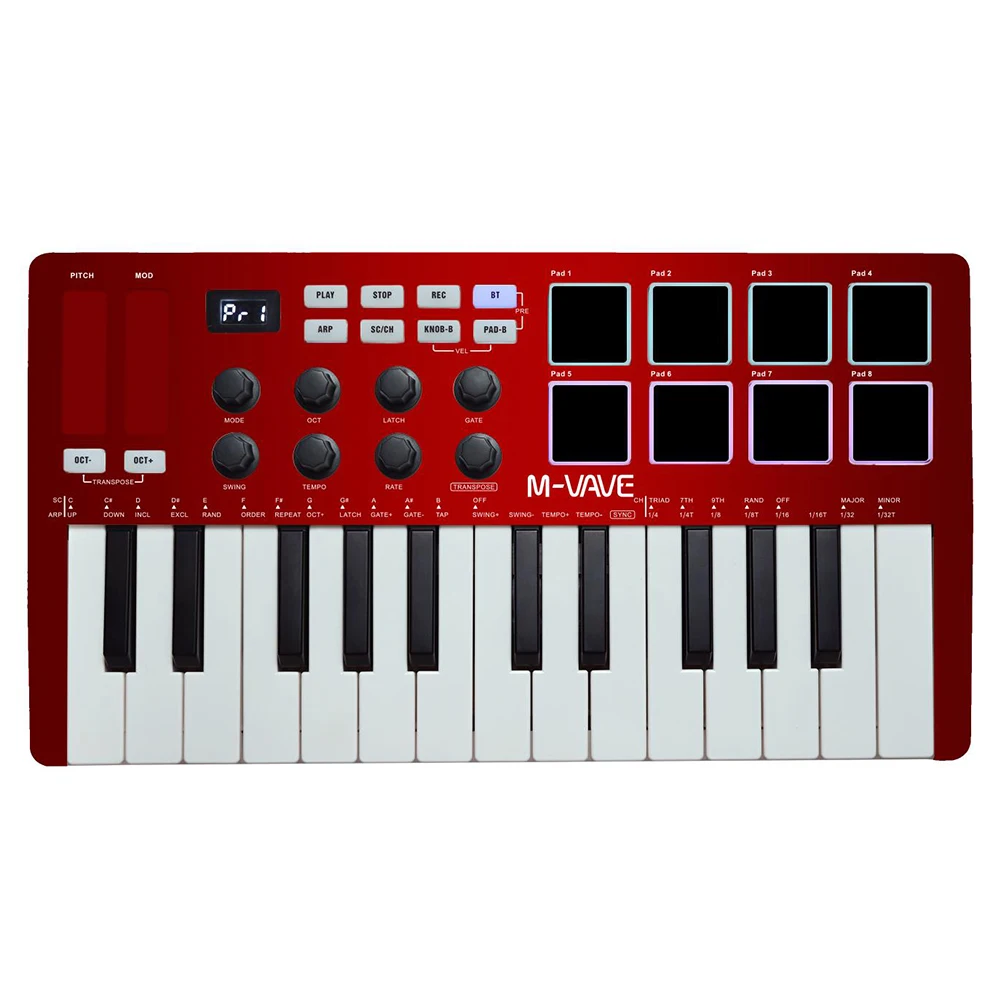 Final Thoughts
Final Thoughts
The midi keyboard remains a cornerstone of modern music production. Its ability to connect physical performance with digital sound makes it irreplaceable. Whether you’re a beginner exploring music for the first time or a professional shaping the next hit, this tool adapts to your needs. It supports creativity, learning, and performance in equal measure.
As technology evolves, midi keyboards grow smarter and more integrated. Wireless options, improved key actions, and deeper DAW control enhance usability. Yet the core purpose stays the same—to give musicians a direct, expressive way to create.
Investing in a quality midi keyboard pays off in inspiration and efficiency. It removes barriers between idea and execution. From sketching melodies to producing full tracks, it empowers every step. So when building your studio or starting your journey, remember the essential role of the midi keyboard.